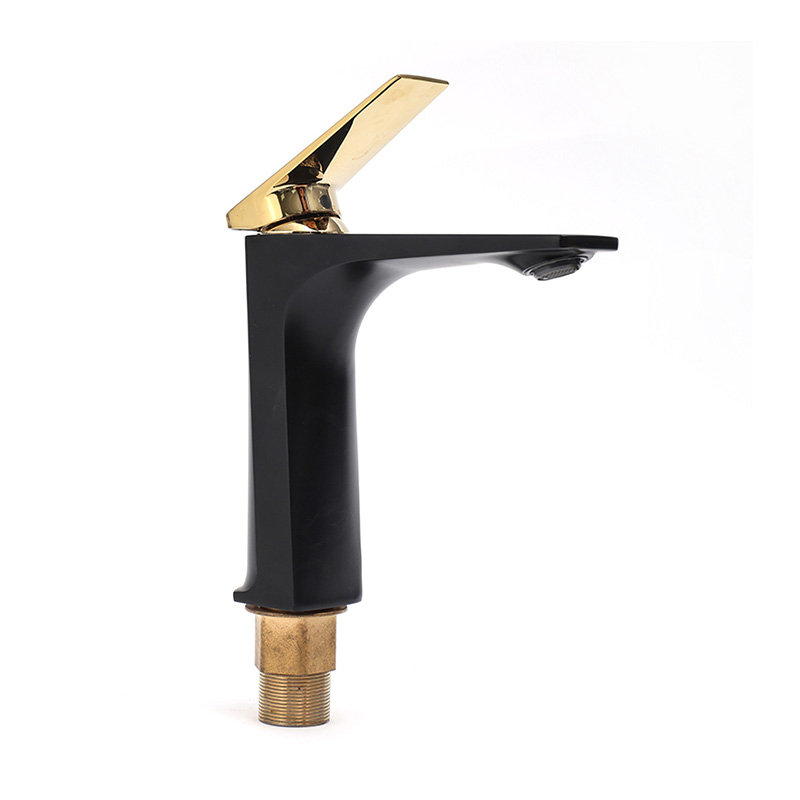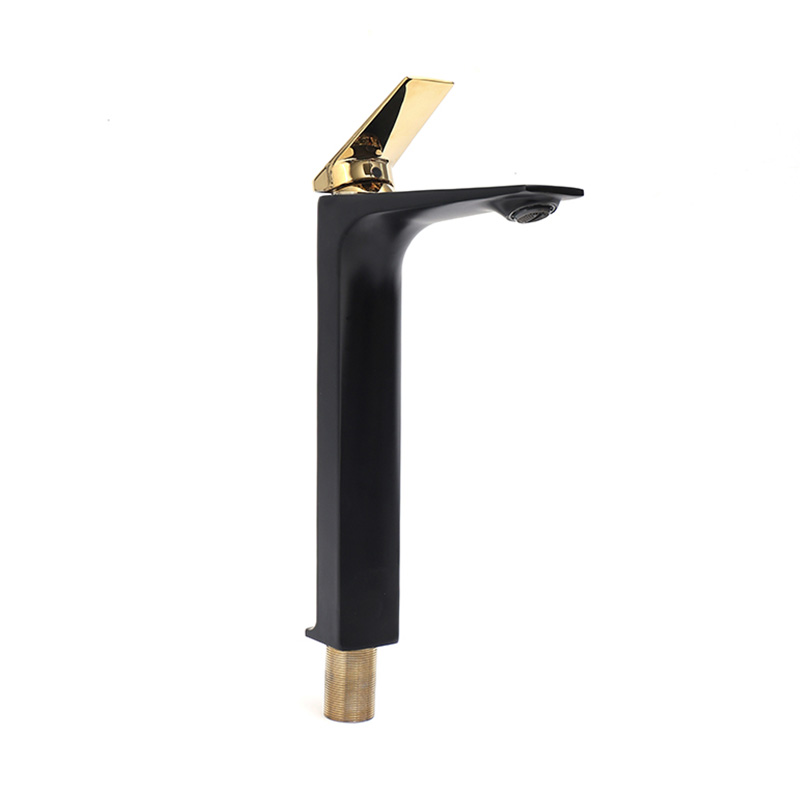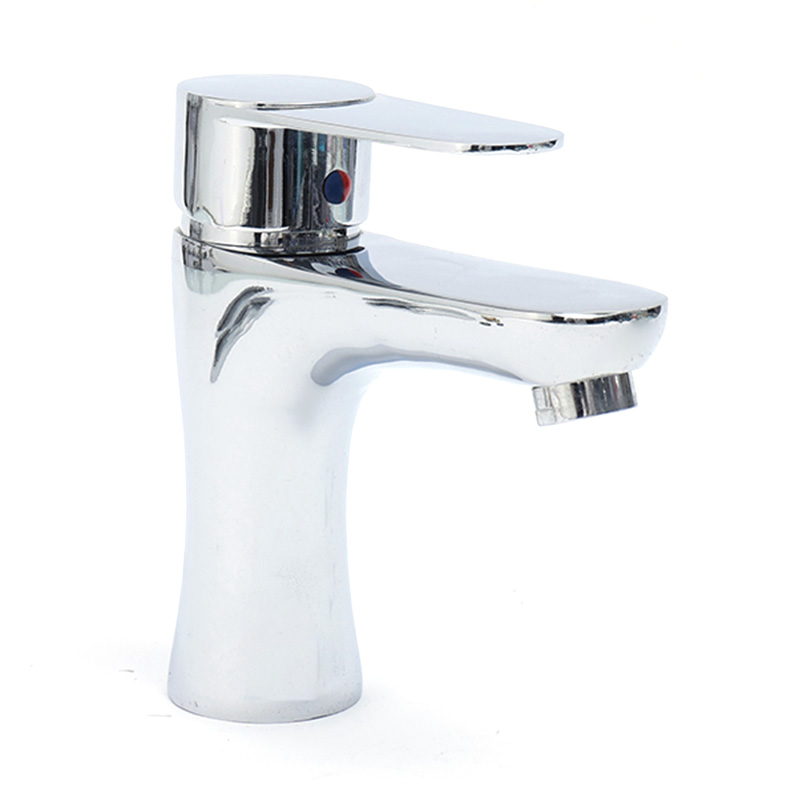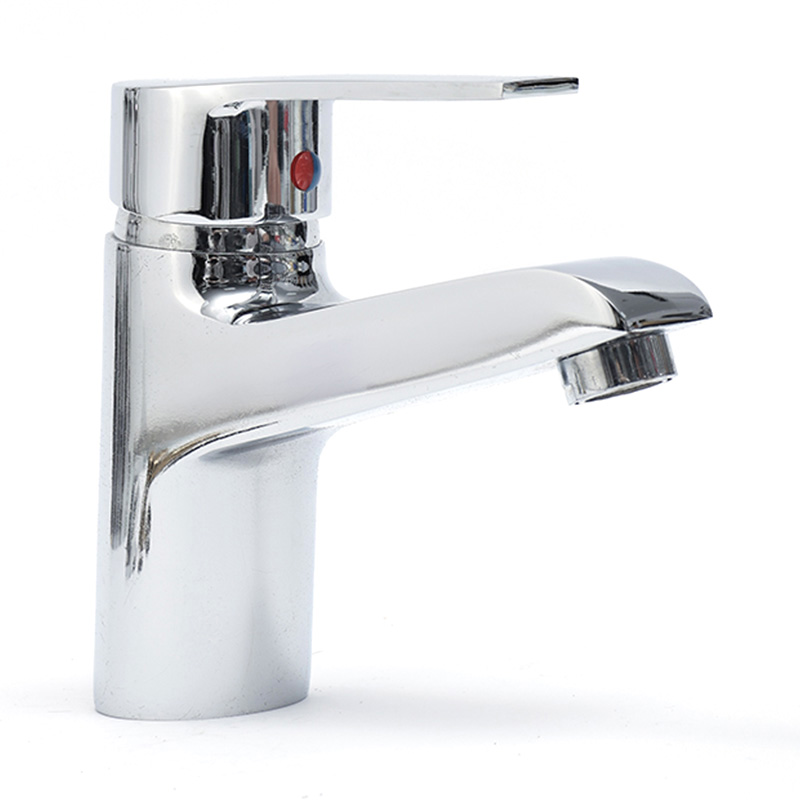With the increasing awareness of environmental protection, water-saving faucets have become mainstream in the market. Government policy support and consumer demand jointly promote this trend.
Faucets, as essential fixtures in kitchens and bathrooms, are undergoing innovation to align with sustainability goals. Water-saving faucets are designed to reduce flow rate while maintaining adequate performance, thus conserving water without compromising user experience.
A wall mounted vanity tap is a type of faucet designed to be installed on the wall above a bathroom sink or vanity basin. It helps save counter space and offers a clean, modern look. This type of tap typically features a spout and one or two handles for controlling water flow and temperature. Wall mounted vanity taps are compatible with various basin styles and are commonly used in both residential and commercial bathrooms. Their elevated position makes cleaning around the sink easier, and they can contribute to a streamlined, small bathroom design. Installation may require in-wall plumbing adjustments.
Government policies play a significant role in encouraging the use of water-saving fixtures. In many areas, local and national authorities have introduced guidelines, incentive programs, and certifications that promote eco-friendly plumbing products. These initiatives often include tax benefits for construction projects using approved products, green building certifications, and stricter regulations for water usage in public infrastructure.
In addition to policy, industry standards are evolving to define the requirements for water-efficient products. Testing procedures, performance benchmarks, and labeling systems help manufacturers and consumers clearly understand a product's efficiency rating. As awareness grows, these standards guide purchasing decisions and foster competition among producers to develop more efficient designs.
The development of water-saving faucets is supported by advancements in design and technology. Aerators, flow restrictors, and motion sensors are commonly used to control water output. These components allow users to experience sufficient water pressure while significantly reducing consumption.
Manufacturers are also exploring digital technologies, such as timers and app-based monitoring systems, that allow users to track water usage and set personalized limits. These features are particularly useful in commercial and institutional settings, where water management can pilot to measurable cost savings.
As environmental awareness becomes more integrated into daily life, consumer preferences are shifting toward sustainable and responsible choices. Homeowners are increasingly looking for bathroom and kitchen fixtures that align with energy and water conservation goals. In urban housing developments and renovation projects, water-saving faucets are often prioritized for both their utility and contribution to long-term efficiency.
Beyond functionality, aesthetic appeal and ease of installation also influence consumer decisions. Modern water-saving faucets are designed to blend with various interior styles while offering straightforward installation for both new builds and retrofit applications.
The rise in demand for water-saving faucets opens up new opportunities across the supply chain. Faucet manufacturers can benefit from investing in research and development to improve product performance and diversify their offerings. Distributors and retailers may also gain from expanding their eco-friendly product lines and providing educational resources to consumers.
Water-saving faucets are increasingly viewed not only as practical household items but also as part of a broader effort toward environmental responsibility. With support from government policies, evolving consumer values, and continuous product innovation, these faucets are becoming a central element in modern plumbing systems.



 русский
русский













